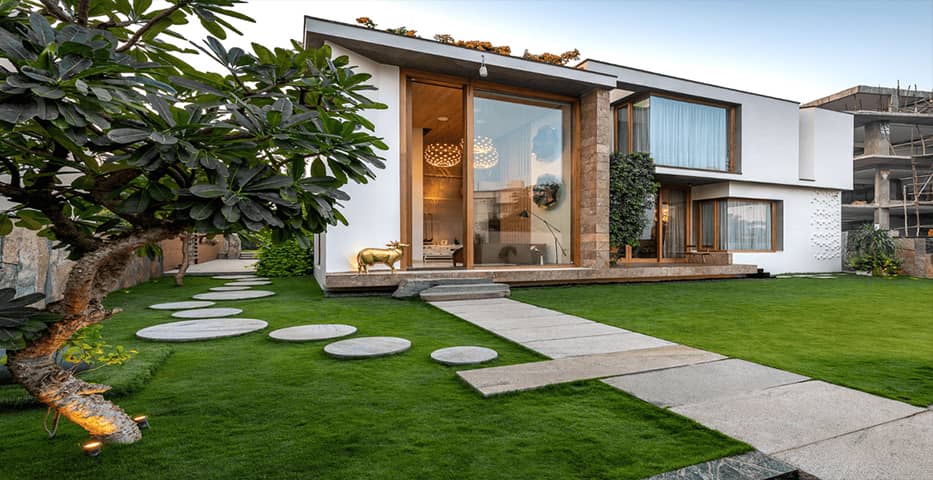In an era where environmental consciousness is more important than ever, sustainable building practices are not just a trend but a necessity. Adopting eco-friendly construction methods and materials benefits not only our planet but also homeowners’ wallets, offering long-term savings and a healthier living environment. This article delves into how sustainable building practices can enhance your home’s efficiency, reduce your carbon footprint, and create a more comfortable living space.
Energy Efficiency
One of the most significant benefits of sustainable building is improved energy efficiency. Homes built with eco-friendly materials and designs often require less energy for heating, cooling, and lighting. Features like better insulation, energy-efficient windows, and solar panels can drastically reduce your utility bills and decrease your home’s environmental impact.
Durability and Low Maintenance
Sustainable homes are designed to last. Materials used in eco-friendly construction are often more durable and require less maintenance over time. This not only saves homeowners money on repairs and replacements but also reduces the waste associated with building materials.
Healthier Living Environment
Eco-friendly building practices prioritize the use of non-toxic materials and improve indoor air quality. This can have a significant impact on the health and well-being of the home’s occupants, reducing exposure to harmful chemicals and allergens.
Enhanced Resale Value
As awareness of environmental issues grows, so does the demand for eco-friendly homes. Investing in sustainable building practices can increase your property’s value, making it more attractive to potential buyers who prioritize energy efficiency and environmental responsibility.
Water Conservation
Sustainable building also encompasses water conservation, utilizing fixtures that reduce water use and incorporating systems that recycle water for landscaping. These practices not only save homeowners on water bills but also contribute to the conservation of this vital resource.
Supporting Biodiversity
Eco-friendly construction often involves careful planning to minimize the impact on the local ecosystem. By preserving natural landscapes and using native plants in landscaping, sustainable homes can support local wildlife and biodiversity.
Conclusion
Adopting sustainable building practices is a win-win for homeowners and the environment. By prioritizing energy efficiency, durability, and eco-friendly materials, you can create a home that saves money, supports your health, and contributes to a more sustainable future for our planet.


